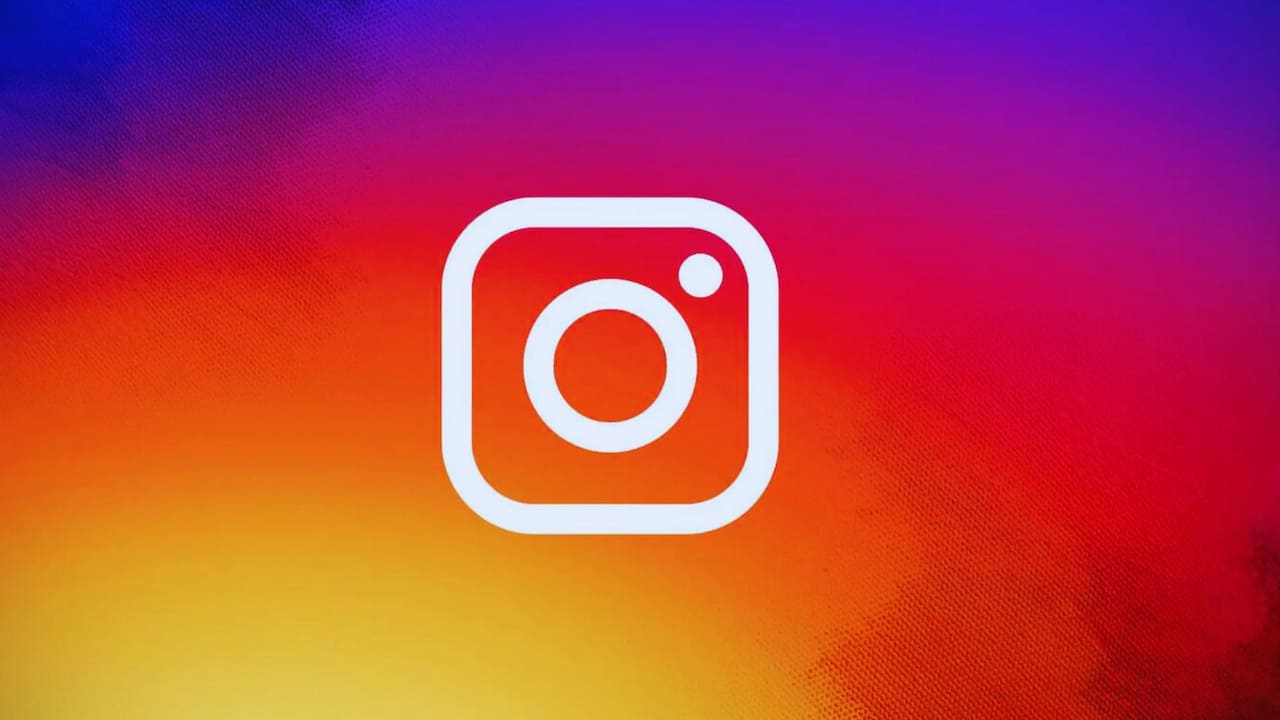Instagram’s Quality Control Controversy: Small Creators Face New Hurdles in Video Performance
In a revealing turn of events, Adam Mosseri, the head of Instagram, has pulled back the curtain on the platform’s controversial video quality management system. During a weekend Ask Me Anything (AMA) session, Mosseri explained how Instagram handles video quality differently based on viewer engagement, sparking heated debate across the creator community.
The platform now openly admits to reducing video quality for less-viewed content while reserving its best quality for popular creators. This news has sent ripples through the social media landscape, especially among smaller content creators who feel they’re getting the short end of the stick.
“We want to show the highest-quality video we can,” Mosseri stated during the AMA. But there’s a catch: videos that don’t maintain steady viewership get downgraded to lower quality. This system operates on what Mosseri calls a “sliding scale,” where video quality directly correlates with viewer engagement.
The tech behind this decision is straightforward: Instagram uses different video processing settings based on a post’s popularity. For videos that rack up views, the platform invests more computing power and storage space to maintain higher quality. Meanwhile, less popular content gets scaled back to save resources.
This revelation has particularly stung small creators, who argue the system creates an unfair playing field. They point out that it’s becoming a classic chicken-and-egg problem: How can they attract more viewers with lower-quality videos when higher quality is reserved for those who already have large audiences?
Meta, Instagram’s parent company, defends this approach as a necessary resource management strategy. However, the defense hasn’t convinced everyone in the creator community.
When creators questioned the fairness of this system, Mosseri attempted to downplay concerns, suggesting that viewers care more about content than video quality. He stated that “quality seems to be much more important to the original creator than to their viewers.”
But here’s where it gets interesting: if a previously unpopular video suddenly gains traction, Instagram will “re-render” it at higher quality. This detail reveals that the platform continuously monitors content performance and adjusts quality accordingly.
The timing of this revelation is particularly significant as social media platforms face increasing scrutiny over their treatment of different user categories. This quality-tiering system adds another layer to ongoing discussions about platform fairness and creator equality.
For aspiring content creators, this news means they’ll need to work even harder to break through initial quality barriers. Some creators have already started adapting their strategies, focusing on creating engaging content that can quickly attract views to trigger higher-quality processing.
The future impact of this policy remains uncertain, but one thing is clear: Instagram’s approach to video quality management has created new challenges for emerging creators in an already competitive digital landscape. As the platform continues to evolve, the question remains: Will this system drive innovation in content creation, or will it further widen the gap between established and emerging creators?
While Mosseri insists the quality difference “isn’t huge,” the creator community’s response suggests otherwise. As social media continues to be a crucial platform for business and personal branding, these technical decisions carry significant weight for millions of users worldwide.
